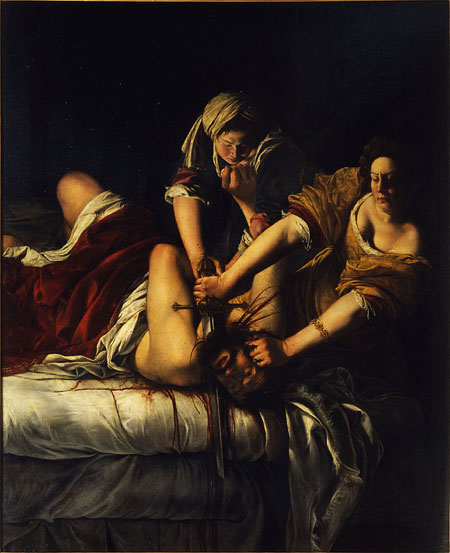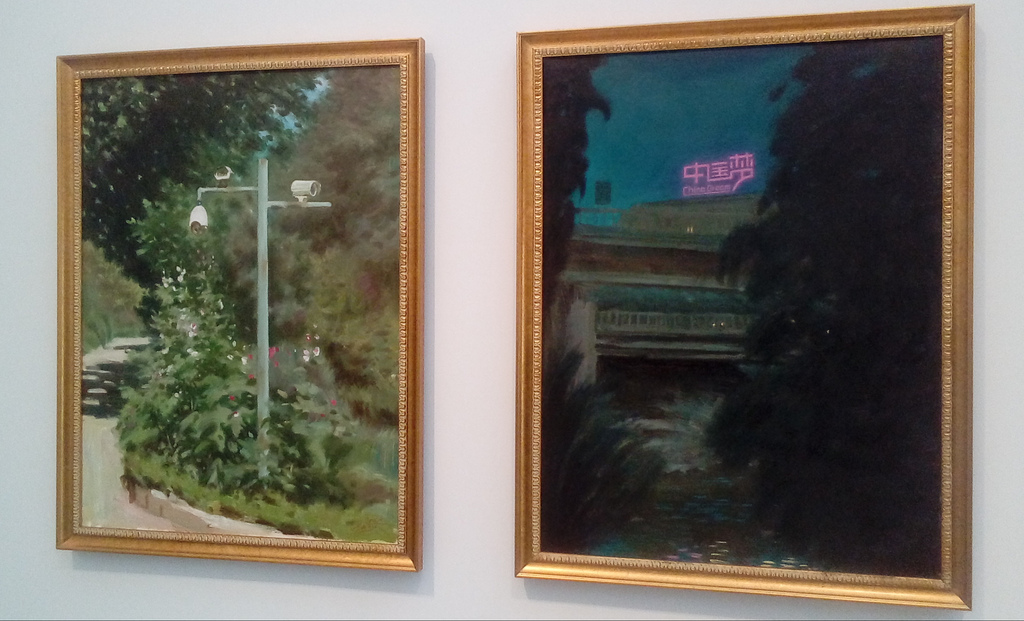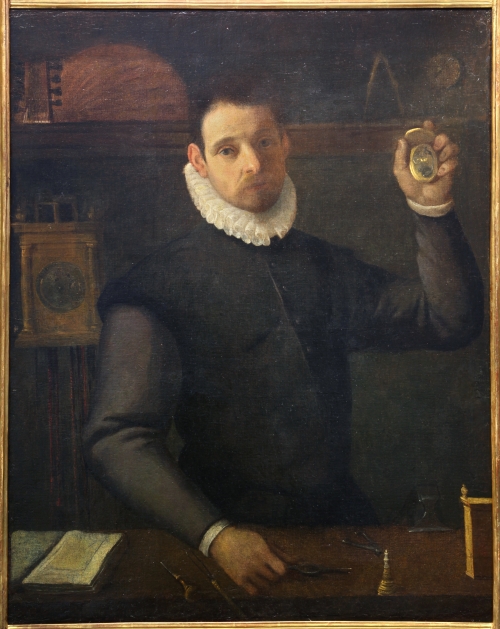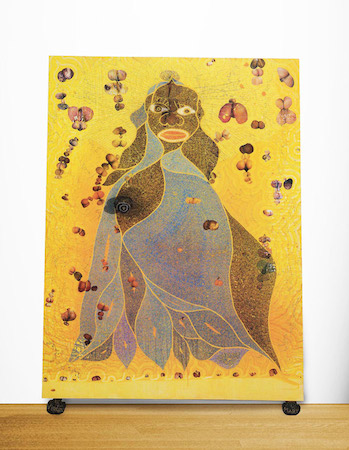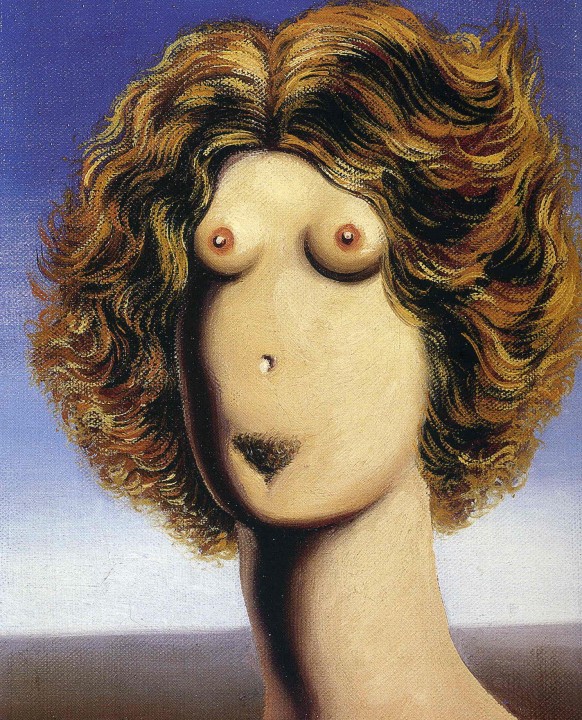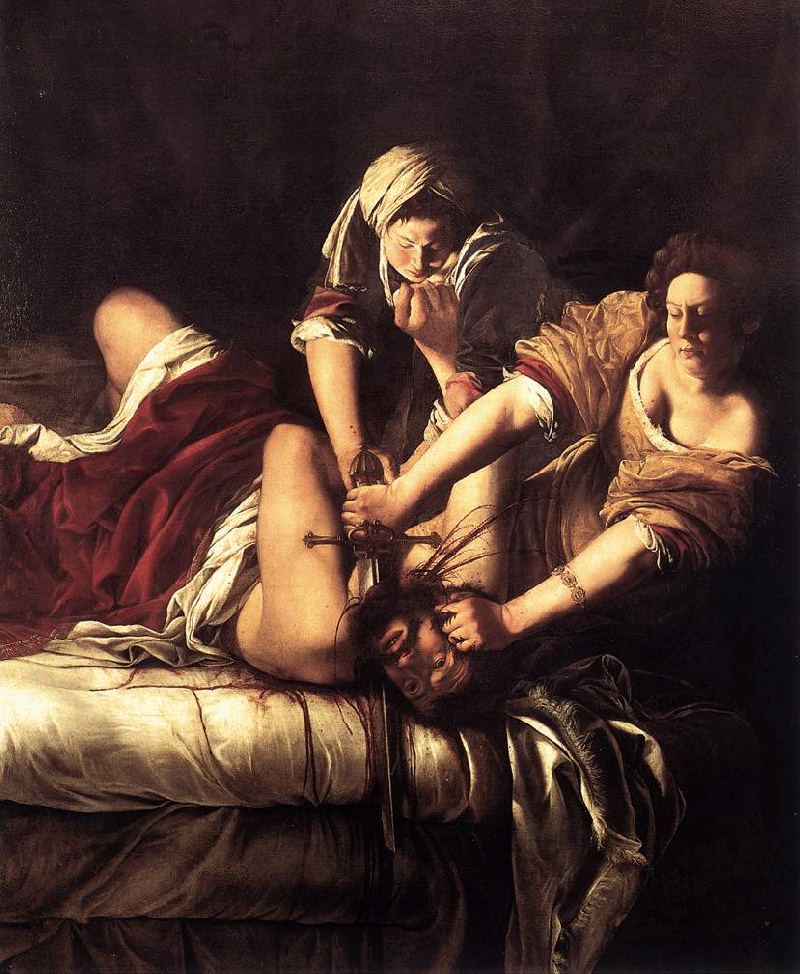
In the 21st century, proper justice from the court system seems like a rare occurrence despite how advanced and sophisticated human beings claim to be. Unfortunately, victims are left to their own devices to cope with potentially traumatic experiences, and unsurprisingly, many turn to art as a form of expression and catharsis of these troubled emotions. As one goes further back in history, the situation only worsens, and the use of art to cope becomes increasingly novel.
In the late sixteenth century, Michelangelo Caravaggio spearheaded the Italian baroque movement. One of the many artists Caravaggio would go on to inspire was a woman named Artemisia Gentileschi. In 1612, Artemisia went to trial against her rapist Agostino Tassi, an artist who worked with her father. The trial spanned seven months, and though Tassi’s testimony was clearly false and riddled with inconsistencies, he enjoyed the backing of the pope which influenced the judge’s decision to ultimately pardon him. Artemisia on the other hand was publicly tortured and humiliated to “ensure she was telling the truth.”
Nine years later, Artemisia reproduced Caravaggio’s Judith beheading Holofernes. The Caravaggio painting depicted the biblical Judith in her assassination of the Assyrian general Holofernes. Artemisia’s rendition depicts herself wielding a blade to cut off the head of Holofernes who is presumably meant to represent Agostino Tassi. Artemisia put her desired vengeance on canvas in a graphic, baroque style painting in beautiful fashion. The painting initially received harsh criticism and was actually censored from most major galleries. However, it now resides in the Uffizi museum. It is regarded as a masterpiece and as one of the first examples of a woman openly defying and refuting male authority figures. For Artemisia personally, it was most likely an important part of her healing process.
In April of this year, an artist named Shannon Mackenzie completed an artwork she called Rotatio. At first glance, the piece appears to be a large circle in motion made from thin lines of scribble. When viewed up close, the lines of scribble can be distinguished as quotes, thoughts, and emotions that Mackenzie felt when she was raped two years before. Though the case never went to trial, Mackenzie even names her rapist. In creating the art, she reported a sense of release as she was able to finally unburden herself and move on.
Art has clearly served as a means of healing and finding justice for many people across several different time periods and contexts. Artemisia’s painting certainly impacted the world with a different magnitude given the social climate she made it in; nevertheless, both women overcame tremendous mental, emotional, and physical trauma to produce these works of art. This then just begs the question: knowing the reasons that prompted these pieces, are we justified in celebrating them? I’ll take it a step further and play devil’s advocate. What if these accounts are false and the paintings were instead produced out of anger for the sake of slander?

